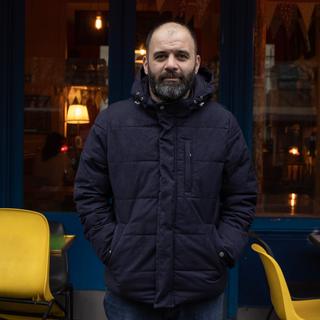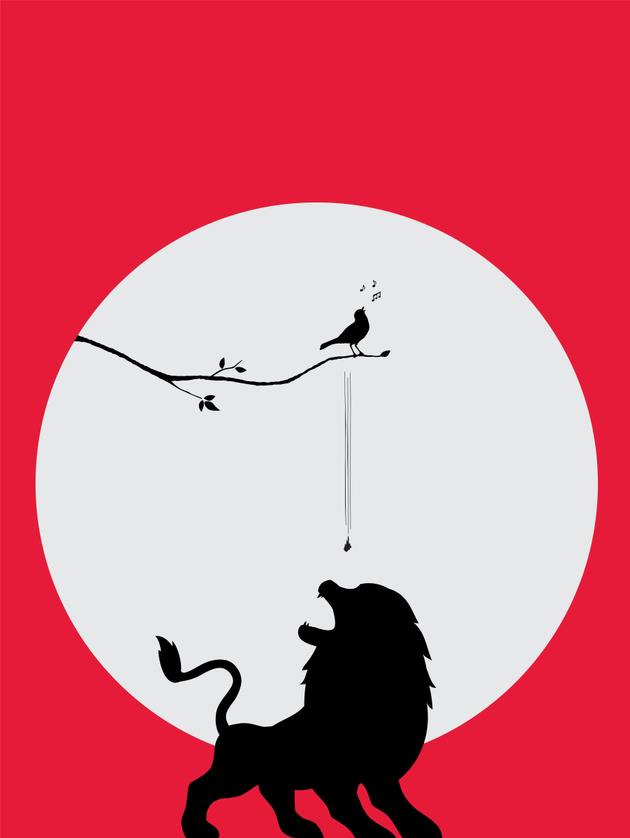


The death and resurrection of Syria's 'Nightingale of the Revolution'
InvestigationAt the start of the 2011 revolution, Abdul Rahman Farhoud gained popularity by boldly singing songs that mocked the al-Assad clan during protests. For a long time, his compatriots thought he was dead. But he was very much alive: 'Le Monde' tracked him down in Paris.
After Bashar al-Assad fled on December 8, 2024, distraught people, driven mad by years of detention and torture, emerged from the reopened Syrian prisons. Countless had disappeared, and reunions were rare. But against this backdrop, this article deals with a happy, unlikely reappearance: that of a singer, an idol of the peaceful revolution of spring 2011, whose assassination, announced in July of the same year, shocked the Syrian protest crowds.
The protesters, who took up his insolent refrains in unison, dubbed him the "Nightingale of the Revolution." Apparently, his body had been found in Hama, on the banks of the Orontes, with his vocal cords torn out. At least, that's what everyone believed, or wanted to believe, for over 13 years. The "Nightingale" is alive and well. Now that he is reassured of his and his family's safety, he wants to start singing again.
The best portrait of the singer is undoubtedly the one painted by Syrian artist Fares Cachoux in one of his Revolution Posters: Set against a blood-red background, it depicts a sparrow on a branch releasing a dropping, or bird pee, on the head of a furious, powerless lion (assad, in Arabic).

You have 89.31% of this article left to read. The rest is for subscribers only.
